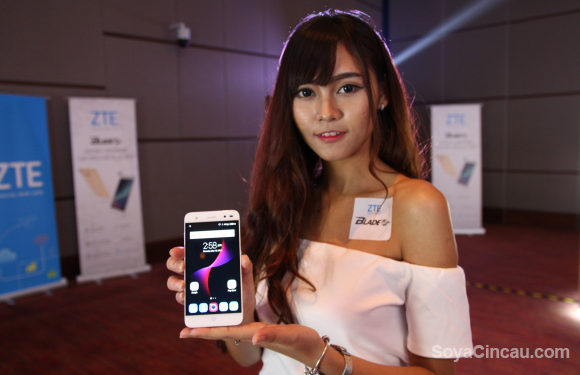ZTE recently launched two new devices to add to their Blade series lineup. The new Blade V7 Lite and Blade V7 Max is the company’s attempt at letting everyone own a metal smartphone.
This means that they’re bringing the full-metal experience to an even lower price point than before. Have they succeeded?
Blade V7 Lite

The ZTE Blade V7 Lite is powered by a 1.3GHz MediaTek MT6735P quad-core processor paired with 2GB of RAM and 16GB of expandable internal storage. The 5-inch device also packs an HD 720p display on the front with a 2.5D curved edge glass panel on top.
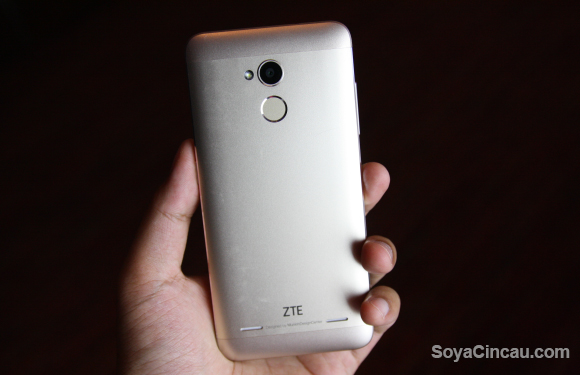
The interesting thing to note here is that the smartphone comes with Android 6.0 Marshmallow, which until this day still isn’t all that common. Granted, it’s a heavily skinned version of Android, but it still has all of 6.0’s goodies.
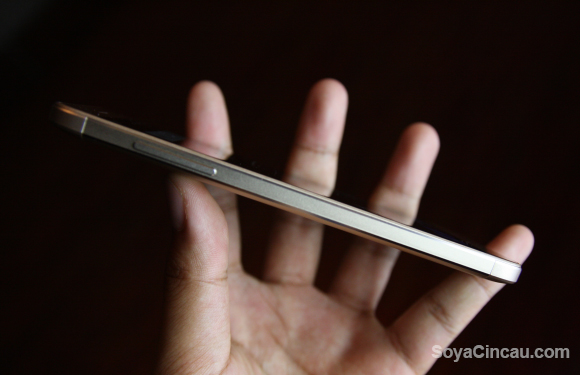
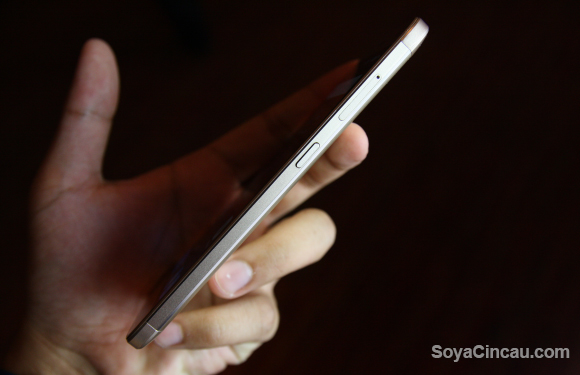
The key feature here, though, is the metal build and ZTE’s round design language. It was supposed to help ergonomics and to an extent it does, as the rounded edges feel pretty good in the hand. However, the metal itself doesn’t feel particularly premium, but I suppose that’s to be expected considering the price point.
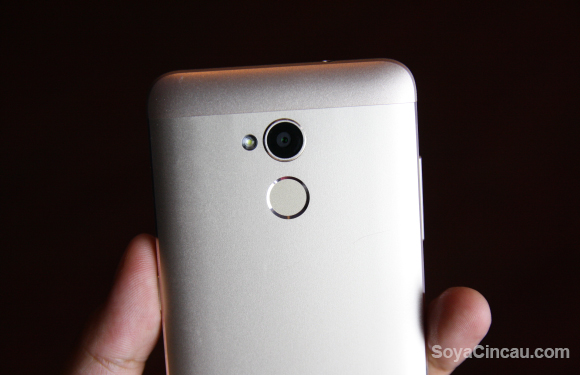
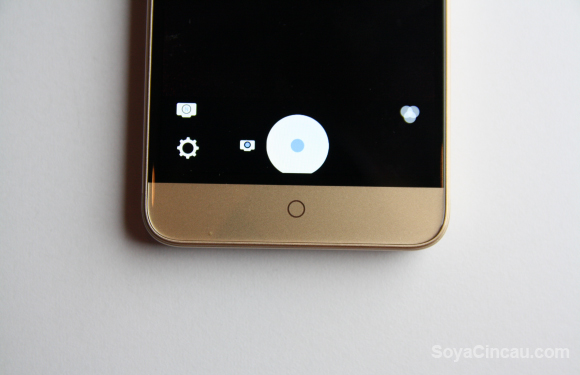
In terms of optics, the Blade V7 Lite comes with a 13-megapixel rear camera, but it was kind of hard to judge how good it was considering the poor lighting conditions in the venue. It also packs an 8MP front-facing selfie camera with a dedicated LED flash and smile shutter for easy selfie snaps. Keeping the lights on is a 2,500 mAh battery.
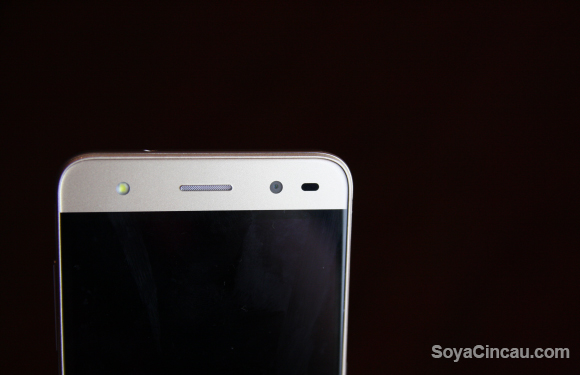
As a whole, the device is pretty decent, though admittedly the performance leaves a lot to be desired. Then again, it’s feature packed but a lot of the execution isn’t as smooth as it could have been. For example, the rear-mounted fingerprint sensor requires you to have the screen on before it will start detecting your finger. ZTE has since updated us that there is an option within the fingerprint settings to enable fingerprint-unlock when the screen is off.
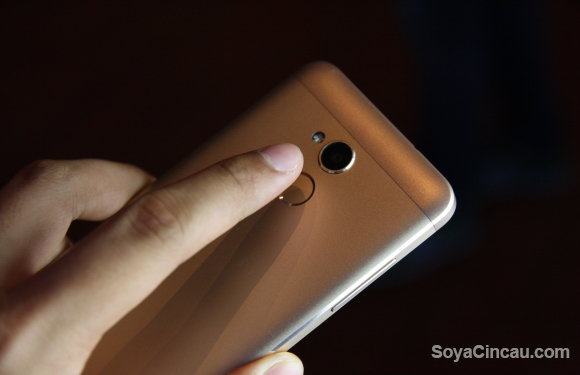
ZTE have also packed a bunch of gimmicky features to “help” you launch apps/tasks faster and easier, but when the product guy was demoing them to me, they seemed more like some inconvenience instead. It definitely takes a lot less effort to just launch the app normally.

That said, at RM669, the Blade V7 Lite isn’t too bad value for money. If you factor in the RM499 promotional price that ZTE are selling the V7 Lite for right now, you’d really be hard-pressed to find something that has a more premium build for less. Still, I don’t know if build is the biggest concern when it comes to phones at this price range.
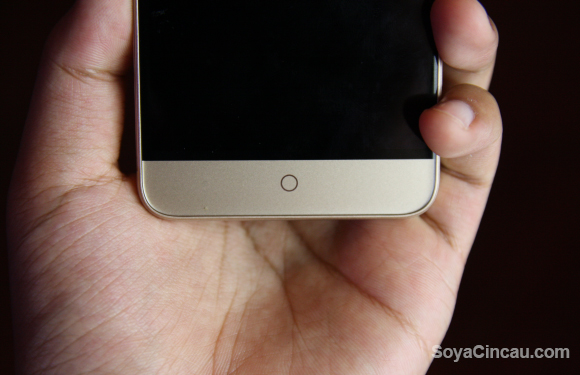
ZTE are also having an event this Sunday (15 May 2016 at 12.30pm) at their ZTE Concept Kiosk in Low Yat Plaza where you will get the chance to pick up the Blade V7 Lite at 50% off (RM335. Just follow these steps:
STEP 1: Like ZTE’s Facebook Page.
STEP 2: Attend and post a photo of the event on your Facebook wall with the hastags of #ZTEMalaysia #ZTEbladev7lite and tag three friends.
STEP 3: Show ZTE your posted photo & NRIC at the ZTE counter. You’re limited to one unit per IC.
STEP 4: Enjoy 50% off your ZTE Blade V7 Lite.
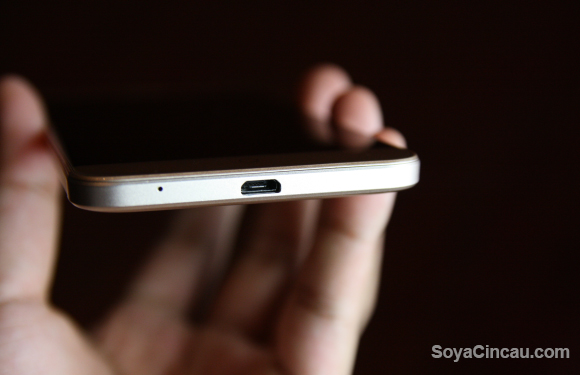
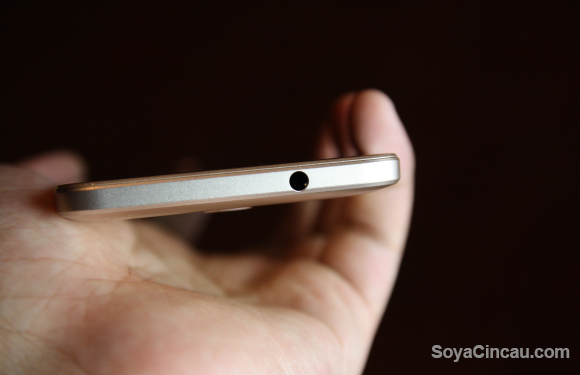
[nextpage title=”Blade V7 Max”]
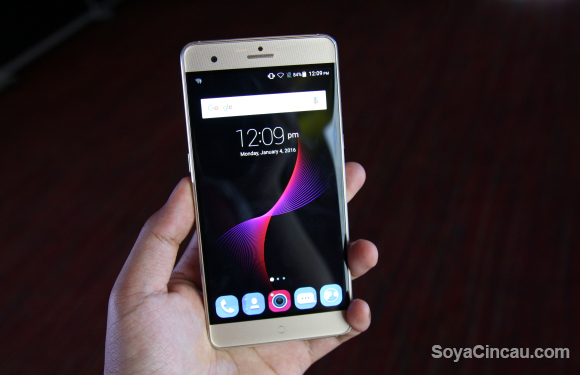
Of the two Blade V7 siblings launched, the V7 Max is the larger of the two and also sports a higher RM999 pricetag. The smartphone will also only be making its way to our shores by the end of the month or early next month.
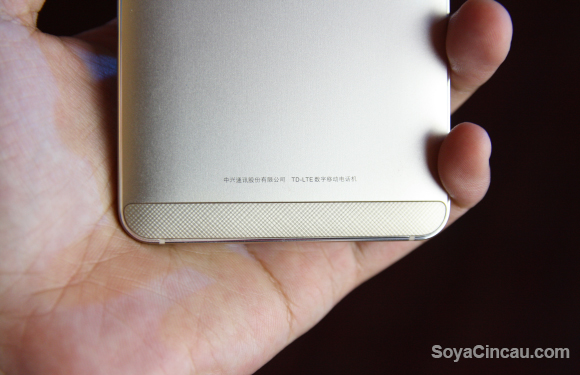
The Blade V7 Max is powered by a 1.8GHz MediaTek MT6755M (Helio P10) processor with 4GB of RAM and 32GB of internal storage. The smartphone also packs a 5.5-inch full-HD IPS (1920×1080 pixels) display on the front tucked under a layer of 2.5D curved glass.
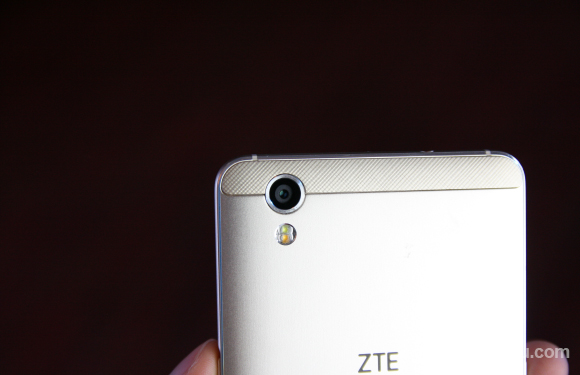
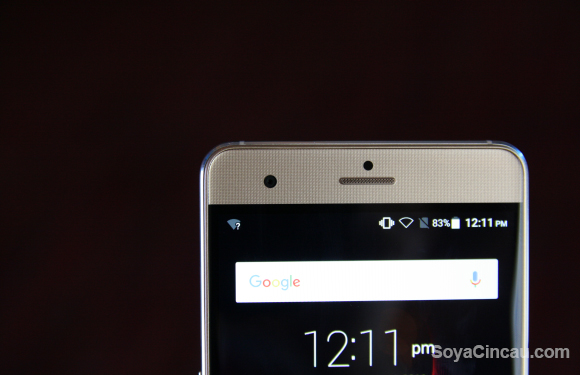
As far as camera optics are concerned, the device gets a 16-megapixel primary camera with PDAF on the back and an 8-megapixel front facing selfie snapper. Camera quality was noticeably better than the V7 Lite, but the selfie camera now lacks an LED flash.
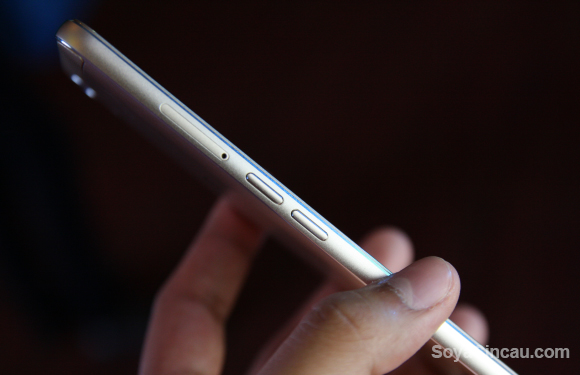
In terms of build, the smartphone’s metal body definitely feels better than the V7 Lite, but it is also sharper and more harsh to hold because of its pointy edges and protruding buttons.
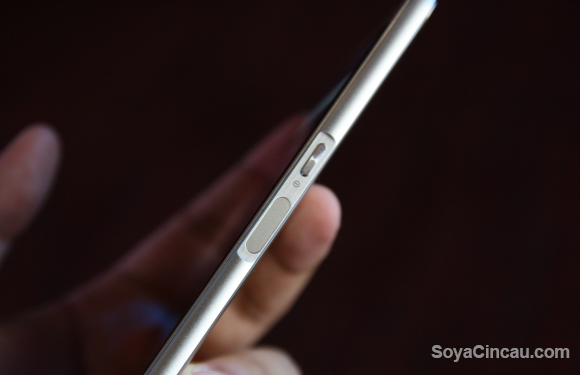
However, the unit I got to play with was a “demo” unit as many of the features — including the fingerprint sensor — was not working properly. It’s worth noting that the fingerprint sensor is side-mounted this time but it isn’t tucked under the power button.
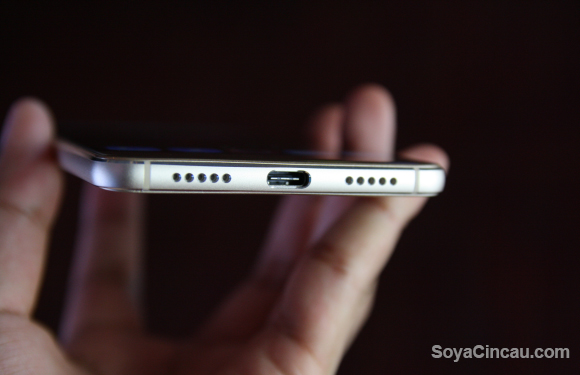
ZTE have also included a USB Type-C port with the Blade V7 Max to charge its 3,000 mAh battery. They’ve also swapped the speaker grille to the bottom of the smartphone instead of the back like the Blade V7 Lite. Like the V7 Lite, the Max also comes with Android 6.0 Marshmallow out of the box.

